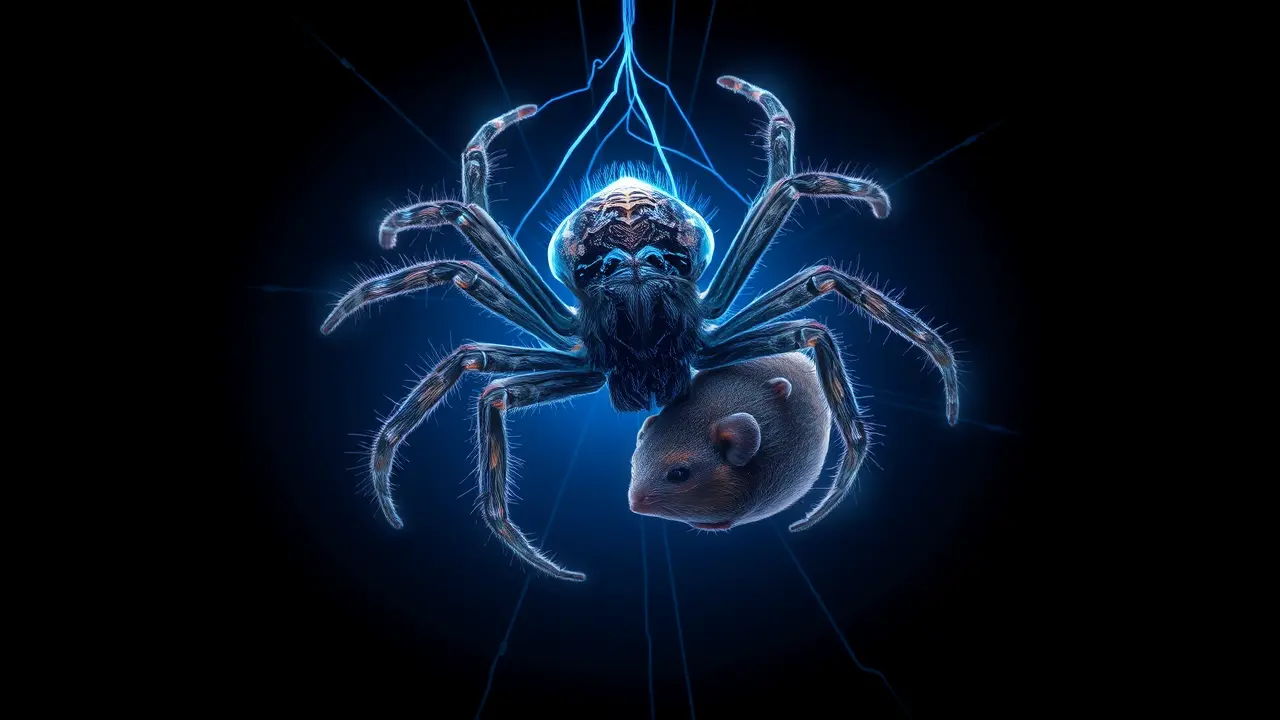Spider filmed eating shrew in rare predatory behavior.
In a quiet corner of southern England, a scene of profound ecological significance unfolded, captured through a bedroom window in Chichester, offering a stark reminder of the raw, unscripted drama that governs the natural world. A spider, its body no larger than a common coin, was filmed in the act of trapping, hoisting, and systematically consuming a shrew, a mammalian predator itself, that weighed nearly ten times more than its arachnid captor.This footage, which has left even seasoned scientists with a sense of unsettled awe, transcends mere sensationalism; it represents a rare and critical data point in our understanding of trophic interactions and the hidden hierarchies within seemingly tranquil ecosystems. The event challenges the simplistic food chain models often presented in textbooks, forcing a re-evaluation of the spider's role from a mere insectivore to a potential micromammal predator, a behavioral niche previously documented only in the largest tropical tarantulas.This particular spider, believed to be a species of nursery web spider (Pisauridae), likely employed a potent venom to swiftly immobilize the shrew, a creature known for its own voracious appetite and high metabolic rate, turning the tables in a shocking display of invertebrate prowess. The act of hoisting the substantial prey, a feat of biomechanical engineering and sheer determination, speaks to an evolutionary arms race fought in the leaf litter and garden borders, a silent war where energy demands and survival instincts override all conventions of size and taxonomy.For biologists like myself, this is not nightmare fuel but a clarion call, a vivid illustration of the complexities we are only beginning to unravel as habitat fragmentation and climate change subtly, but irrevocably, alter these delicate balances. The shrew, a vital component in controlling insect populations, now finds itself vulnerable from an unexpected quarter, suggesting that the impacts of global environmental shifts may manifest in these bizarre and unprecedented predatory events. This single video is a microcosm of a much larger, more urgent narrative about biodiversity and the interconnectedness of life, where the loss of a single species can trigger a cascade of unforeseen consequences, and where the most extraordinary truths are often found not in the remote wilderness, but just outside our own windows, waiting to be seen.
JA
Jamie Larson123k2 days ago
wow nature is metal and here i am struggling to open a jar of pickles
0
JA
Jamie Larson123k2 days ago
wow nature is absolutely wild sometimes idk if i'm more impressed or lowkey terrified
0
JA
Jamie Holt123k2 days ago
wow nature is just built different idk why but this reminds me of how tiny startups can sometimes take down massive corporations, just pure ruthless efficiency
0
